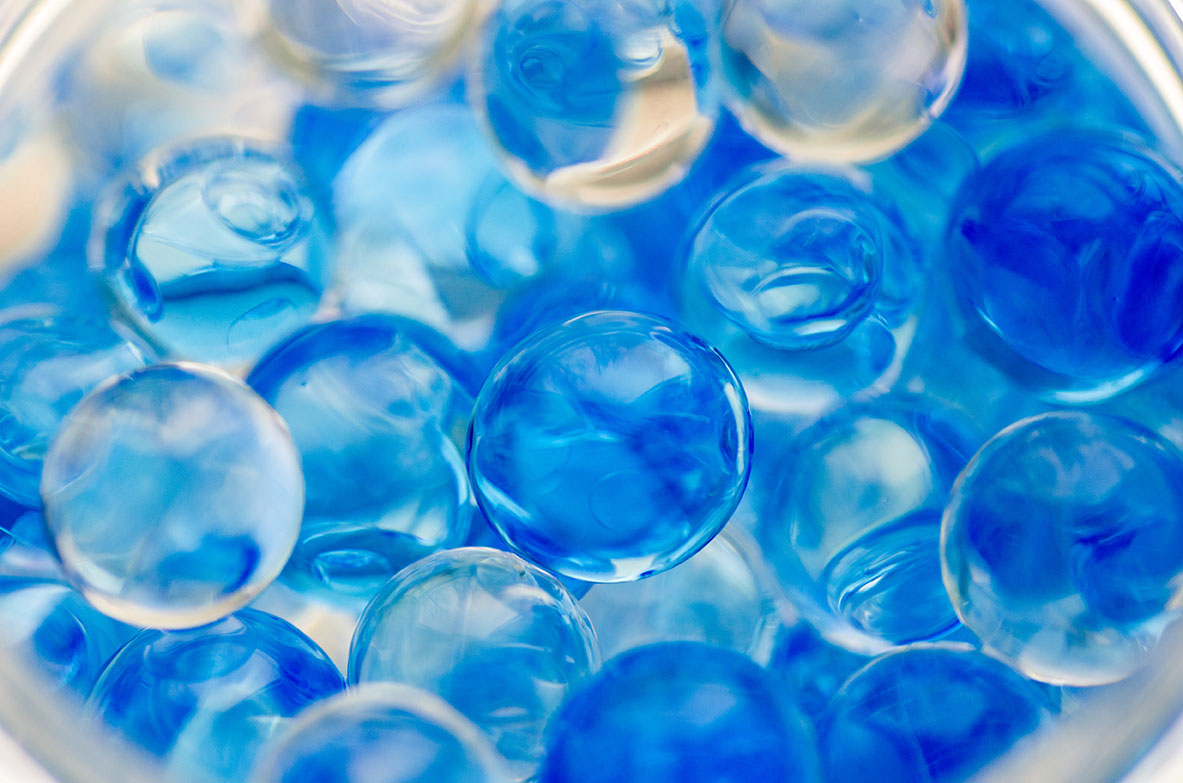With 40 years of experience in industrial coating solutions, Coating Systems is here to help. We have provided coating and lubrication solutions for countless clients over a wide span of industries, and we have developed an understanding of not just the technical side of things, but the importance of real customer service. Whether you’re looking for coating options such as Emralon or Xylan, local sandblasting services, lubricants for automobiles or anything else, you can find what you need with Coating Systems. Not only that, but we can guide you to getting the best start on your project.
The Coating Systems blog is also here to give you some more detailed information about materials, methodologies, and interesting facts about industrial coating and related topics. For anyone new to industrial equipment and applications, or anyone simply curious, this is the ideal place to get educated. In this entry, we are going to look at the particulars of polymers – where they come from, how they are developed into certain materials, and what they can be used for.
Related Post: Coating Systems: Examples of Polymers
Basic Definition
The basic definition of a polymer is a large molecule that is made of chains or rings or repeating monomers – single atoms by the thousands, or even millions. The best way to think of a polymer is to picture a chain, with the links in the chain being the individual atoms linked together. Depending on what makes up a particular polymer, the structure of these repeating units in the chain will vary significantly.
Natural and Synthetic
There are two types of polymers: natural and synthetic. Examples of natural polymers, which are also referred to as “biopolymers”, include rubber, silk, wool, collagen, starch, cellulose and even DNA, to name just a few. Natural polymers occur (as the name implies) in nature, while synthetic polymers are man-made.
Related Post: What Is the Difference Between Polymers Like Halar and Monomers?
Some examples of synthetic polymers include polystyrene, silicone, PVC, polyethylene, nylon and many others. Synthetic polymers are created through chemical reactions that force atoms to bond, forming the chains explained above.
Development and Use
Natural polymers have been used for centuries, while synthetic polymers used by professionals such as the Coating Systems team are still relatively recent. The first synthetic polymer, nitrocellulose, was developed in the early 1860s by Alexander Parkes through the treatment of natural cellulose with nitric acid and solvents.
Synthetic polymer development and use expanded rapidly through the 1800s, particularly following the development of vulcanized rubber for vehicle tired. As time has gone on, the processes for synthesizing polymers have increased and improved, and polymers, both synthetic and natural, are all around us – from soda bottles to clothing.
Contact Coating Systems
No matter what material or coating method you are looking for, contact Coating Systems today to discuss your options in detail with an industry professional. Our blog is just for informational purposes, and there is far too much for us to cover here, so speaking specifics with an expert is advised.
Our team can talk to your about coating and lubrication, spin coating, local powder coating services, or custom coating applications, and make sure you find the best fit for your project.


